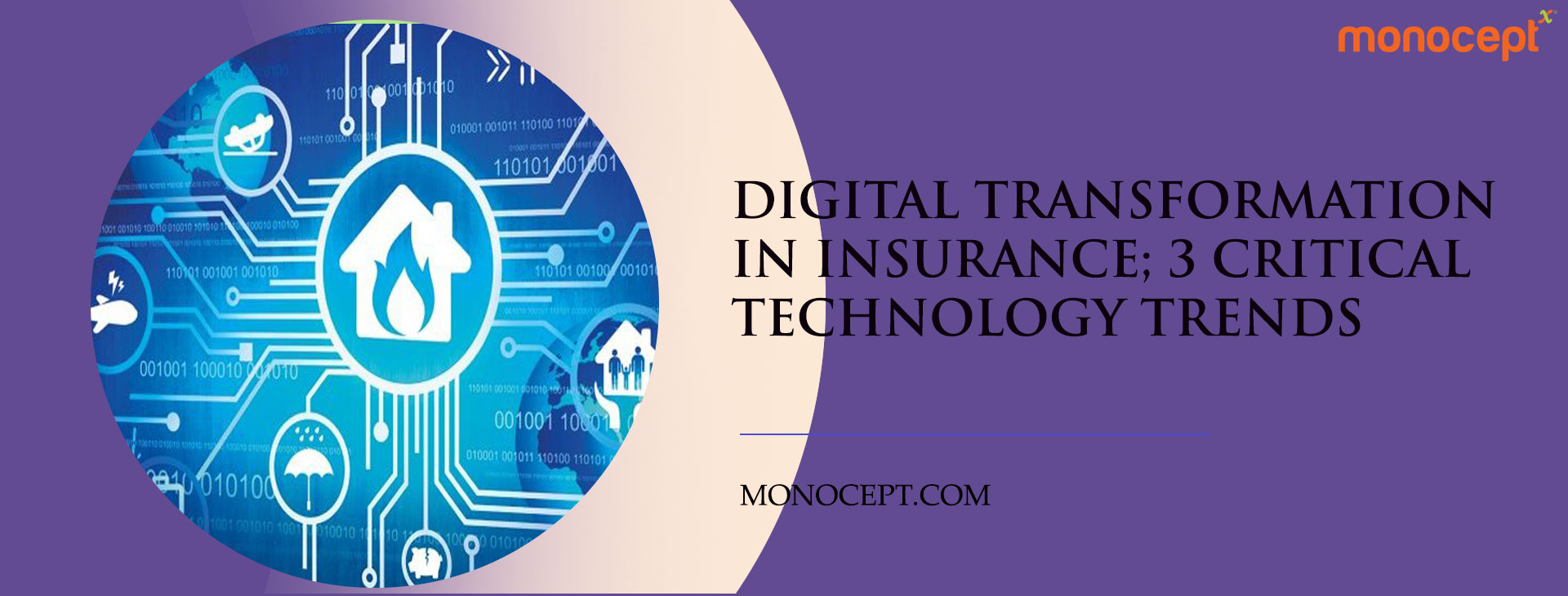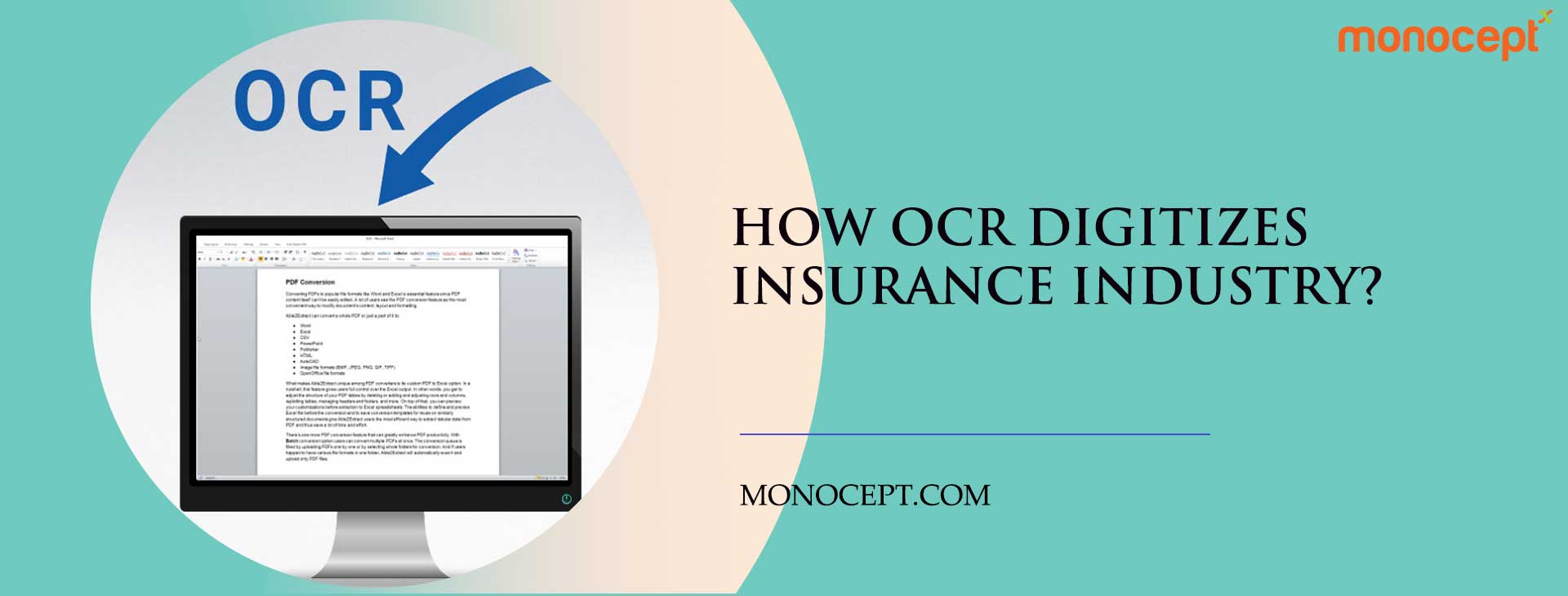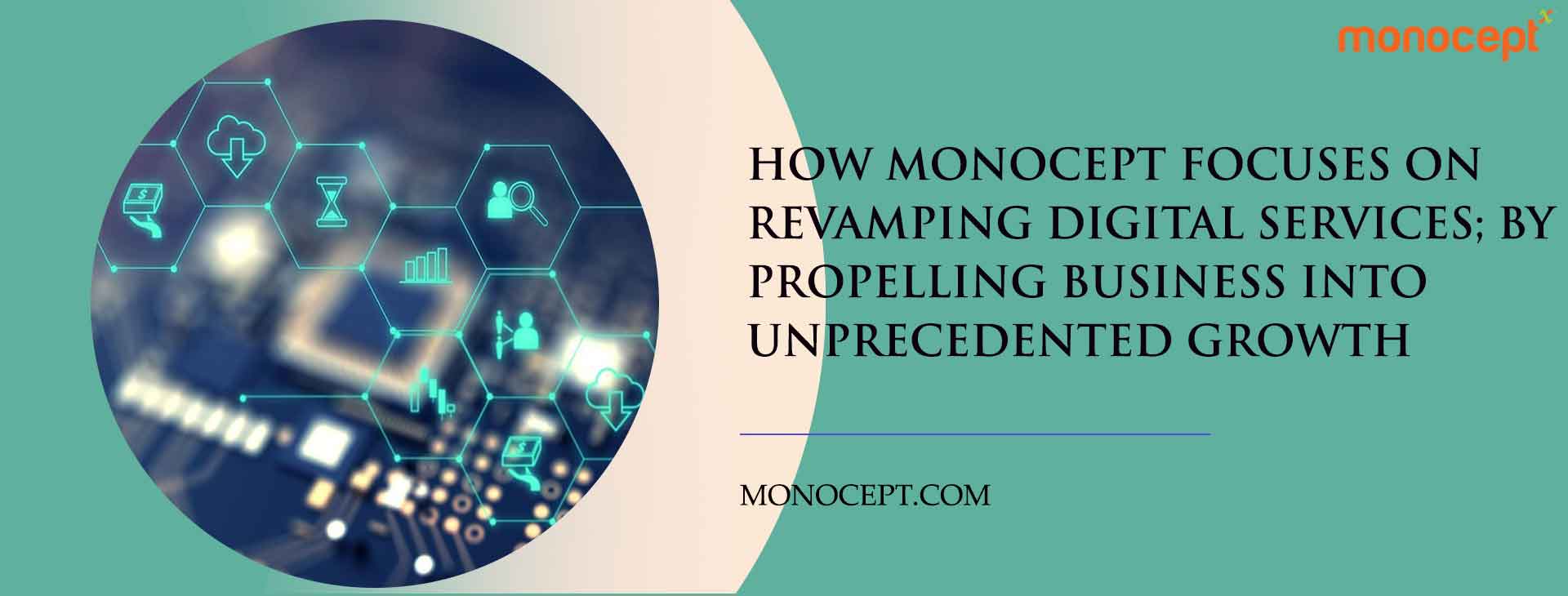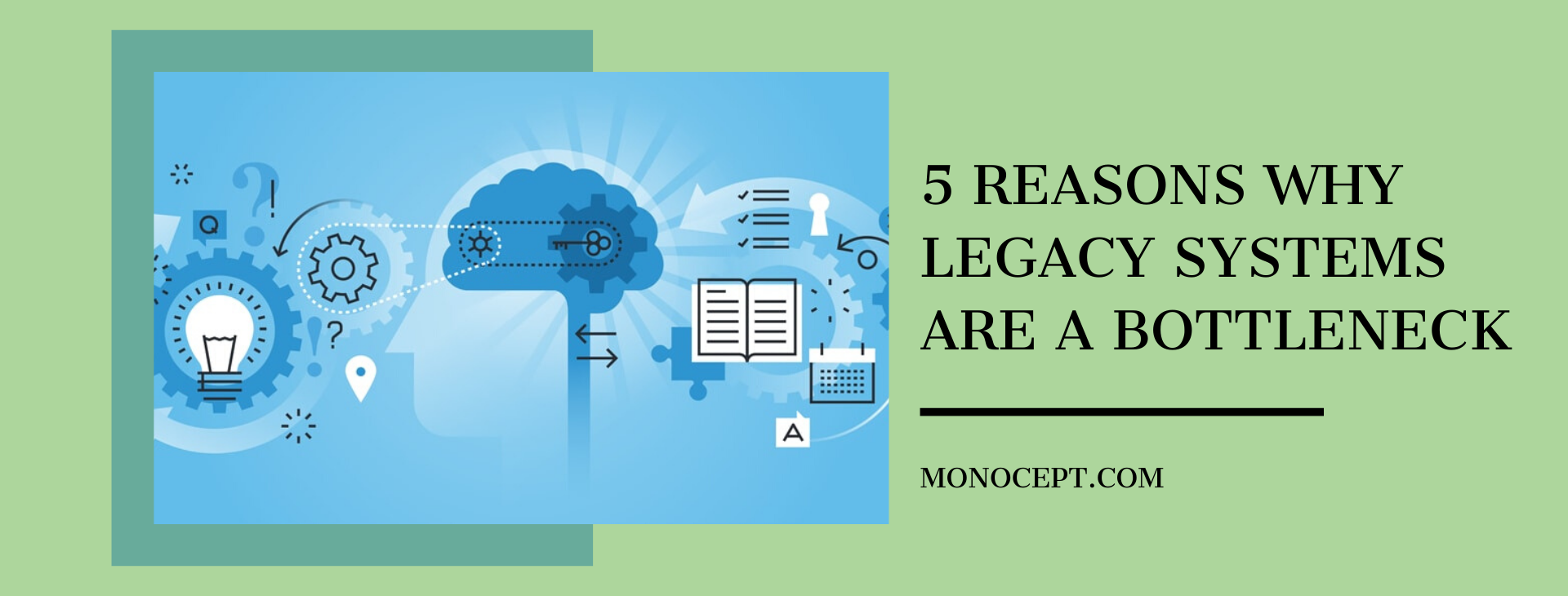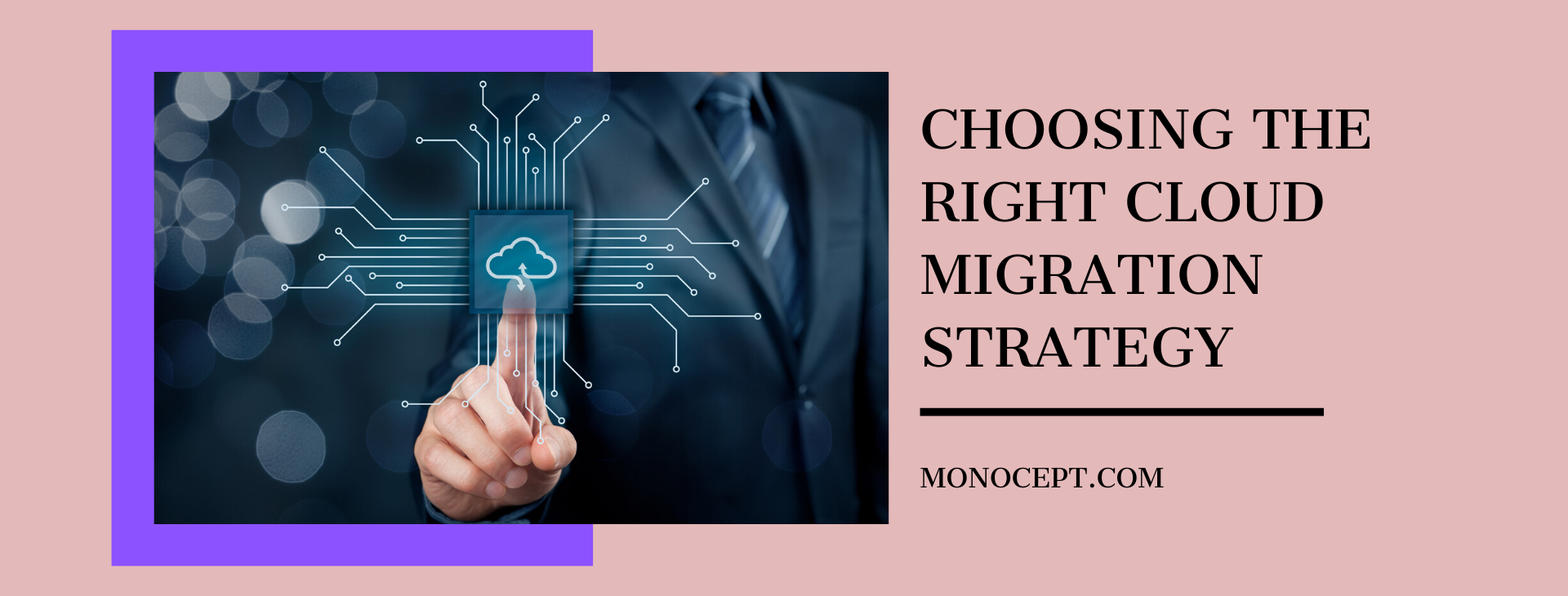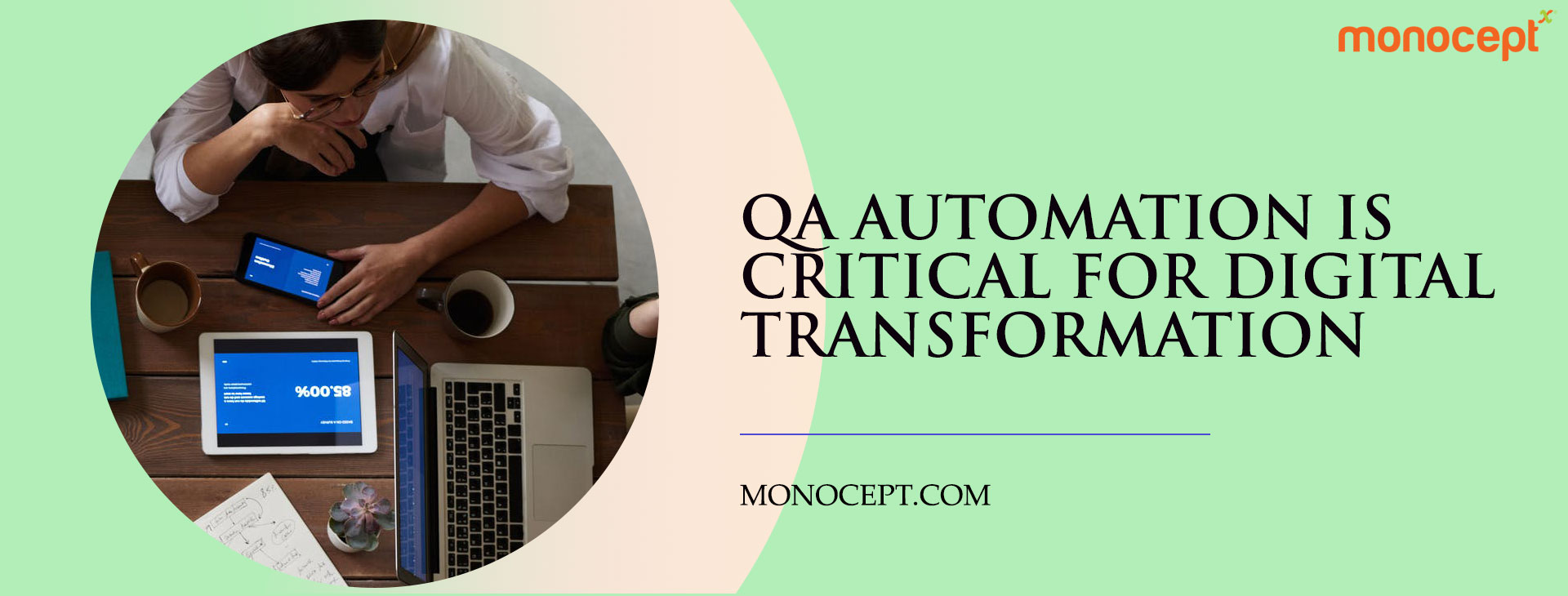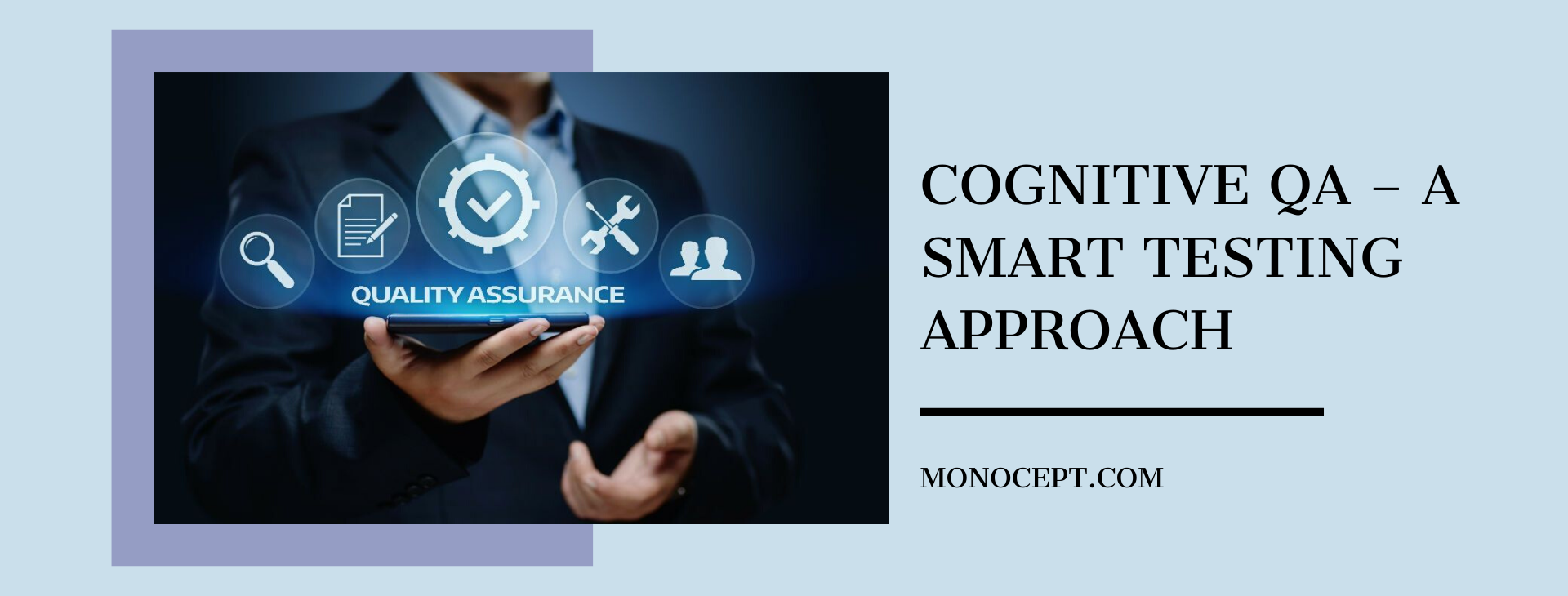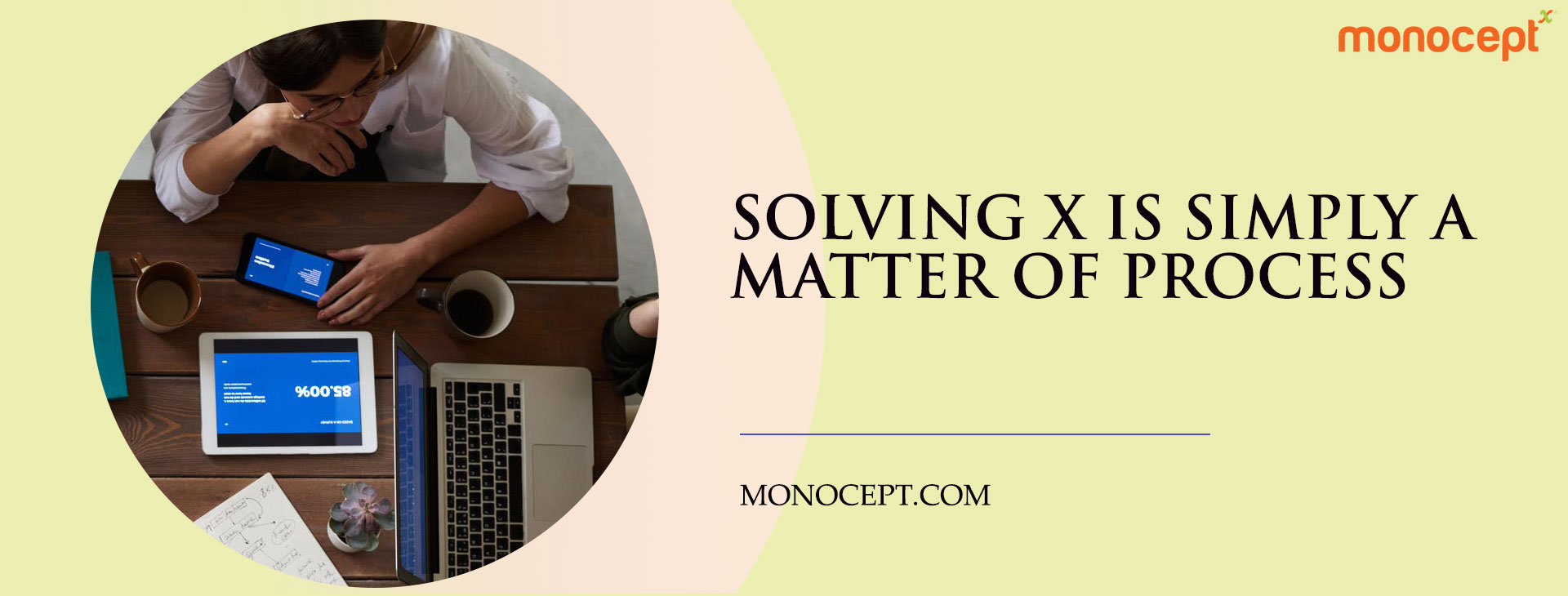Achieving Digital as an Organizational Capability
As companies stand on the cusp of yet another technological revolution, digital transformation has become imperative for companies to succeed. But more than often, it is easier said than done. The huge gap between the hype and reality has resulted in doom for several organizations, including the likes of GE, Ford, and Procter & Gamble (Forbes).
Reports show that a whopping 70% of enterprise digital transformations fail (Mckinsey). While a failed digital transformation doesn’t spell the end of the world for a company, it does lead to a massive loss in terms of money, time, resources, and credibility. Let’s look at some of the most effective transformations, which direct to five key factors for success.
Have a Strategic Digital Transformation Framework
There is no magic potion that can implement a successful digital transformation program. In fact, according to research reports, such programs require not only the right infrastructure but also a mindset shift that embraces changes introduced by technology. Fortunately, there are several digital transformation frameworks available on the internet to help digital transformation leaders take a structured business-orientated approach to transformation.
There are several digital capability frameworks for enterprise digital transformation. Originally, the Digital Capability Framework (DCF) was created by extensive research and unrelenting collaboration between SAP Business Transformation Services teams and their academic and business partners. DCF is technology agnostic and can be adopted and deployed by any organization, irrespective of their industry and size. It helps foster a culture of more collaboration between the business and IT teams.
Some of the advantages of leveraging DCF include holistic and integrated management of transformation, which, in turn, leads to higher ROI and competitive advantage. The framework aims to offer a high-level, general account of the digital capabilities of an organization. Some of the key elements that the digital transformation framework must include are:
Transformation capabilities
Transformation planning
Digital use cases
Business cases
A digital transformation roadmap
Digital maturity and goals
Key to Digital Business Success
According to a report by McKinsey, there are five factors that can increase the chances of the digital transformation of a business, including:
The need to have the right, digital-savvy leaders
Creating capabilities for the workforce of the future
Empowering people to innovate at work
Updating day-to-day tools with newer technology
Clear communication via traditional and digital methods
While these seemingly simple factors can hugely impact an enterprise’s digital transformation, they usually don’t guarantee success. Companies that are serious about digital transformation need to have the framework mentioned above, before taking the leap of faith.
For an advantageous digital transformation, enterprises need to look at a maturity model to ascertain if digital transformation is the way forward. According to research by the Altimeter Group, in collaboration with leading global brands, there are six stages and a maturity model that guides the purposeful digital transformation of a business. These six stages are:
- Stage one: Organizations continue to operate with a legacy perspective, thinking it will remain the key to digital relevance.
- Stage two: Experimenting that leads to digital literacy and creativity (which may or may not be disparate throughout the company) to improve certain processes.
- Stage three: Intentional experiments to drive bolder initiatives that seek executive support for additional resources and new technology.
- Stage four: Increased strength in collaborating on research and insights that lead to new strategic roadmaps that pave the way for process or enterprise digital transformation.
- Stage five: Creation of a digital transformation team that steers strategy and operations based on the goals of the business and customers.
- Stage six: Digital transformation of a business becomes a norm, and the new culture successfully identifies and reacts to the latest technology and market trends in the pilot and is eventually scaled up.
Gear Up for Enterprise Digital Transformation
Digital technology creates a digital workforce that liberates true human potential by connecting humans and machines to deliver an experience that was unimaginable a few decades ago. However, embarking a digital transformation journey doesn’t necessarily guarantee success. Organizations need to draw an extensive digital transformation framework and have a structured approach to achieve digital maturity and successfully flourish in decades to come.
What’s your Challenge? Let’s work together to solve it.
















